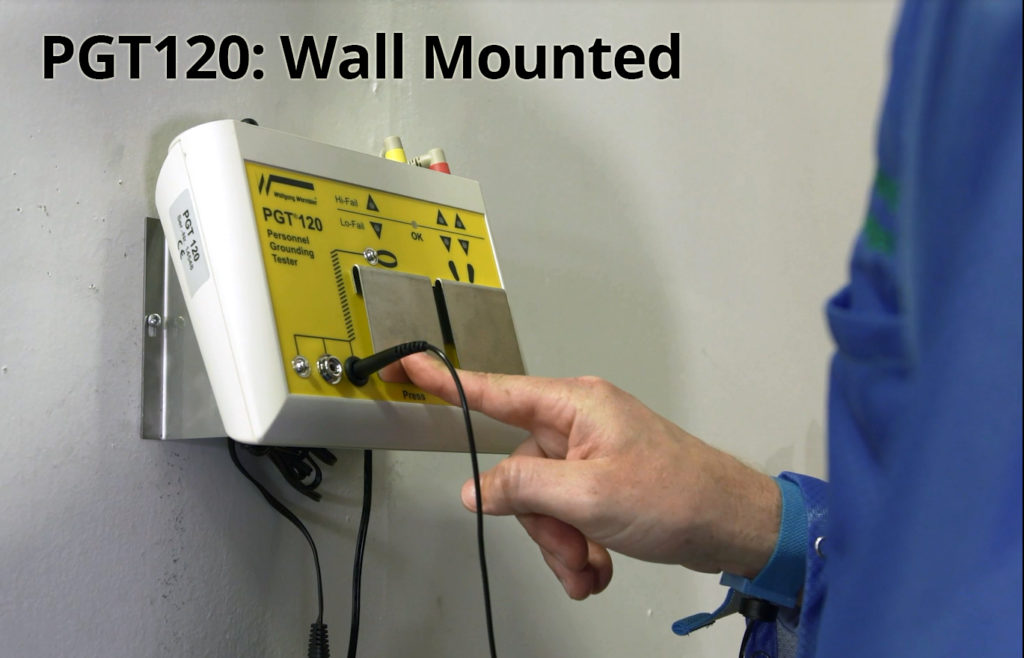ESD Wrist Strap Testing – What Does High Fail Vs. Low Fail Mean?

ESD Wrist Strap Testing Limits – What Does High Fail Vs. Low Fail Mean?
What Does High Fail Vs. Low Fail Mean when you are testing ESD wrist straps? The wrist strap is the most common and effective method for removing voltage from operators working with static sensitive devices. Unfortunately, over time, soil build up or mechanical issues can cause a wrist strap to fail. Therefore, wrist straps must be tested regularly with an ESD Test Station to assure that people are not transferring voltage sensitive devices and causing ESD damage.
Many common ESD Testers have a both a High Limit and a Low Limit for wrist straps:
High Limit for a Wrist Strap
Industry standards (ANSI/ESD S20.20) requires a wrist strap to have a resistance of less than 35 megohms. Anything above that, and you will receive a “high fail” alarm from the ESD tester. When the resistance of a wrist strap is too high, excess voltage may build up on the body and could cause an ESD event. The high fail can be can be caused by:
- High skin resistance (have the operator use an electronics approved lotion).
- Soiled or poorly fitted wrist band (check that the band is snug and not overly worn).
- Broken coil cord. It is possible that the wire inside the cord has been damaged.
Lower Limit for a Wrist Strap
Most wrist strap testers also test for low resistance (typical low fail is less than 750K ohms) , to assure that the 1 megohm resistor is present and performing as intended. The purpose of the 1 megohm resistor is for safety: to limit the amount of current that could be transferred through the body. The 1 megohm resistor is designed to limit the current to 250 microamps at 250 Volts rms AC, which is below the perception level of humans. A “low fail” result can be caused by
- The person is connected to ground via another path, i.e., touching a grounded metal structure.
- The most common cause of a fail low is a shorted resistor in the wrist strap coil cord. Replace the coil cord with a new one and repeat the test.
Summary
If an ESD Wrist Strap fails high, it means the wrist strap’s resistance is too high and is not removing voltage efficiently. If it fails low, the wrist strap may have an issue with the 1 meg resistor, which is a safety concern. Either way, the wrist strap or coil cord should be replace to ensure you are protected from damaging ESD.
